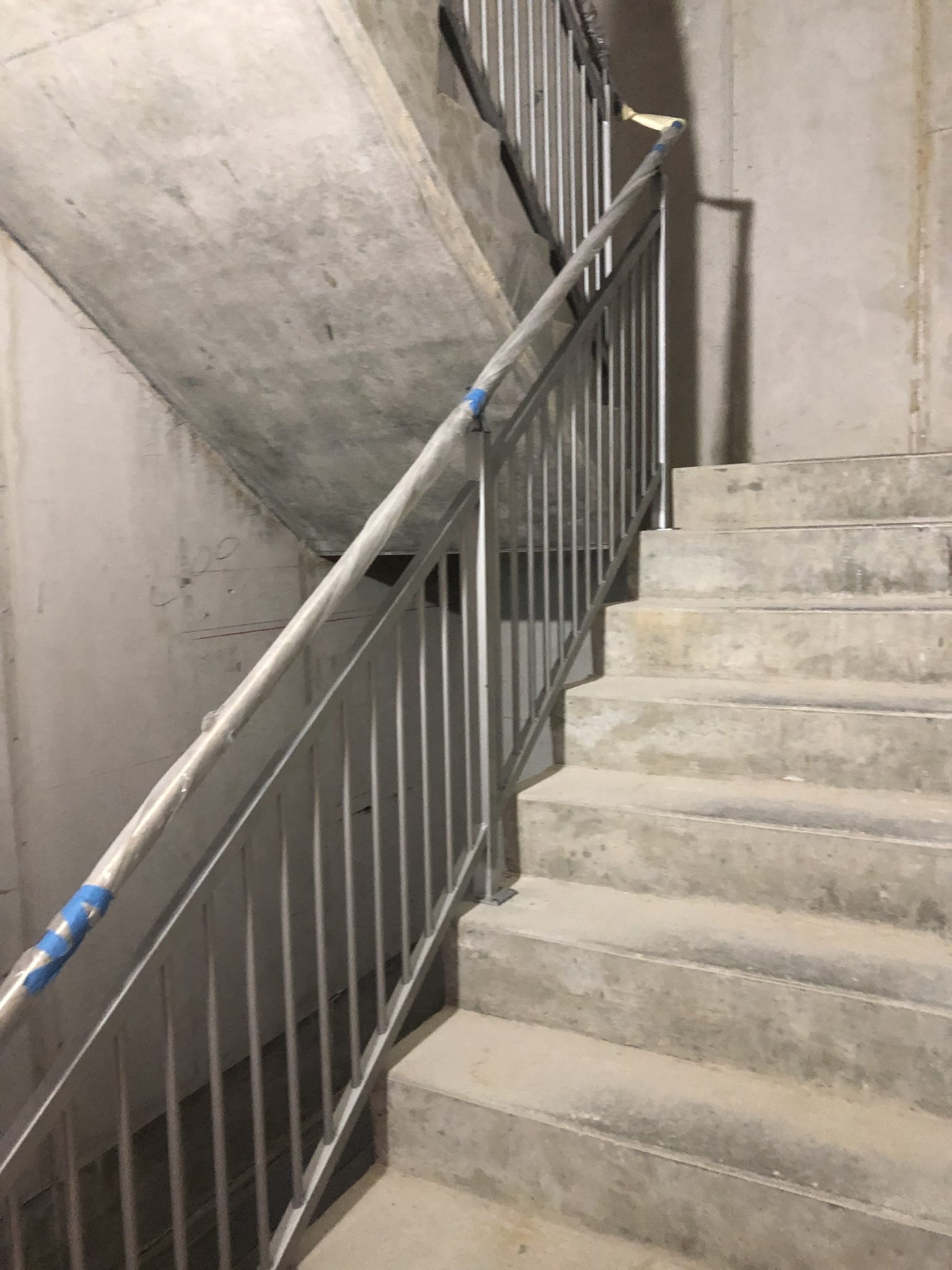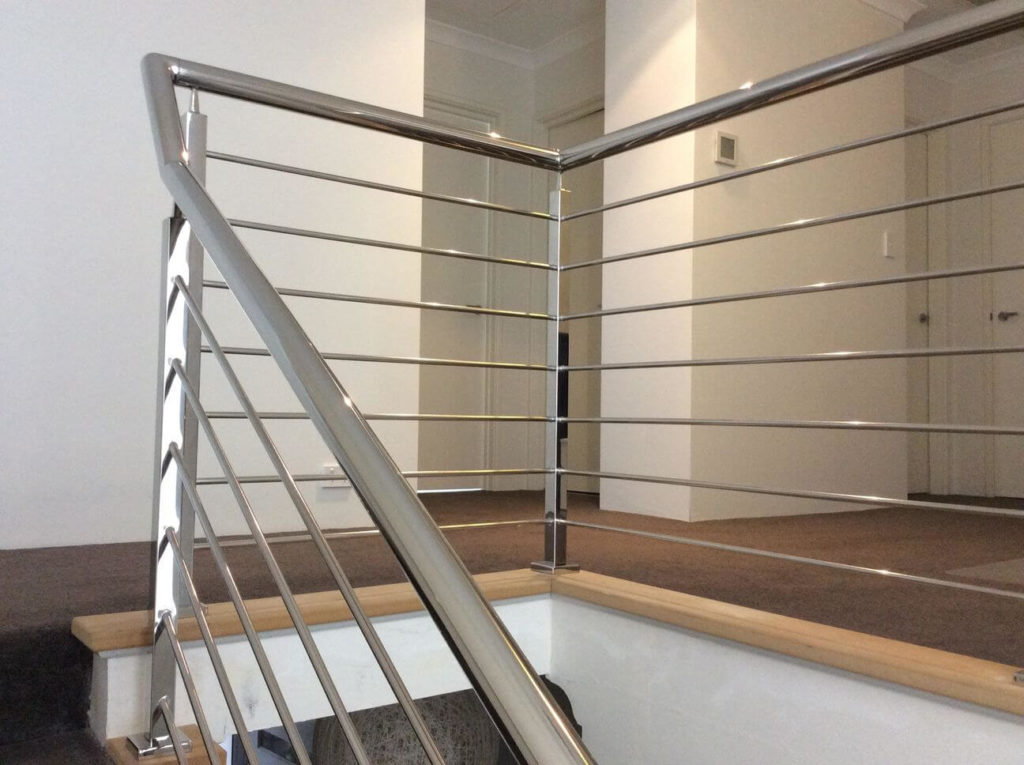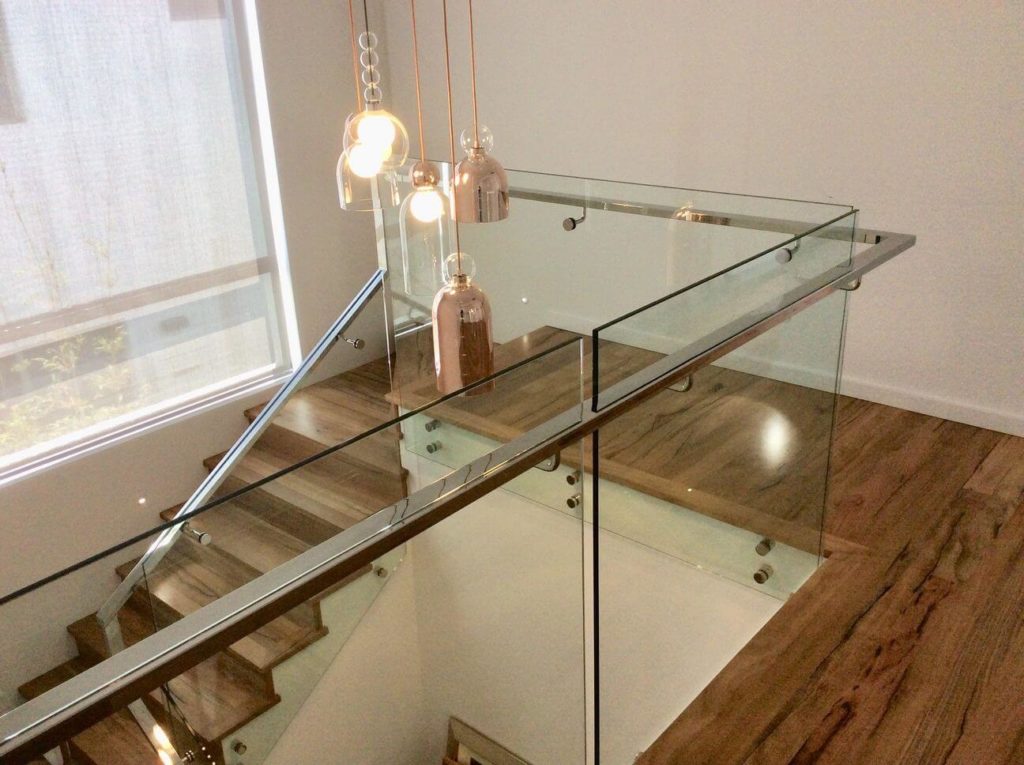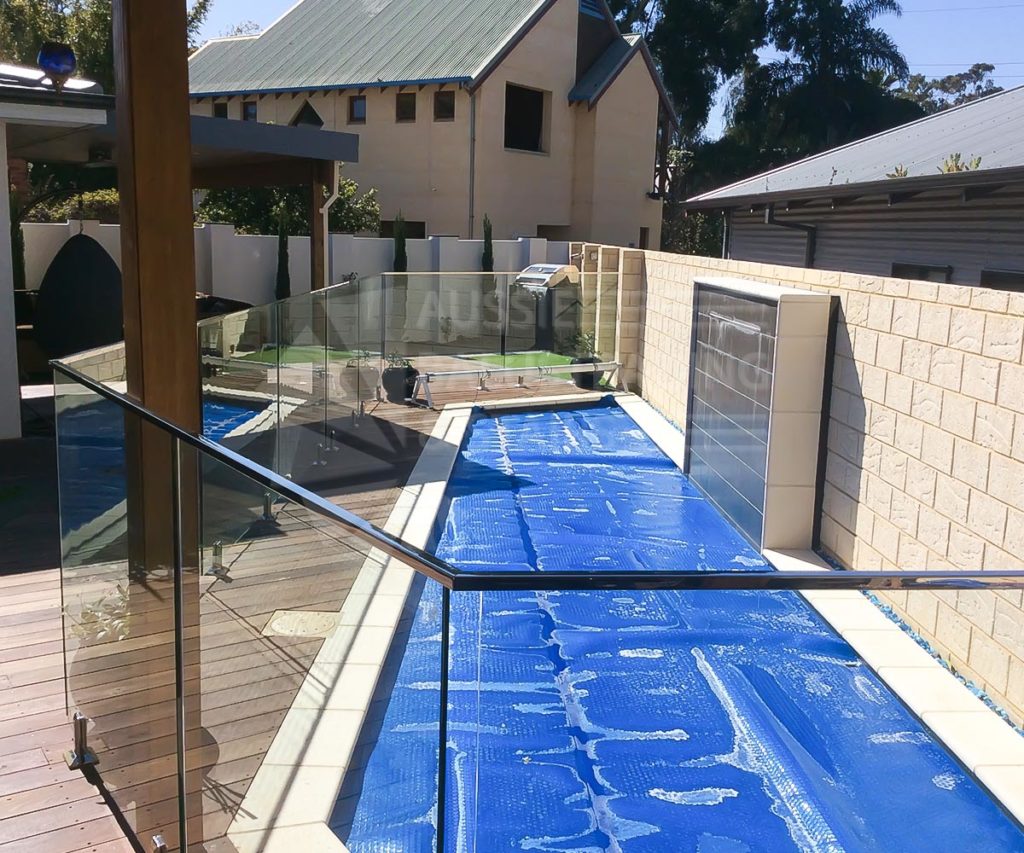Between gravity and the passing of time, buildings will end up settling as they age. However, no two buildings settle alike, and there is no uniformity in this process. Differential building settlement leads interior wood framing to shrink and settle far more than the outside walls, which are generally sturdier. Most stairs are attached on one side to an interior wall. This means that differential building settlement can make the staircase end up sagging away from the wall, either towards the newel post or the stairwell. Significantly problematic staircases in Perth with settlement issues are best repaired from below.
Rebuilding and Repair
However, before that can occur, it’s key to find the stair’s centre line first. Otherwise, the stair will not be able to work out correctly. Finding it is simple enough by following the simple rule of the line always following the handrail. The staircase’s edge and the risers’ positions around any turns are essentially controlled by the centre line, all the way through the balusters—no matter what types of balustrades there are—or spindles. Basically, it’s the fixed point that all other stair elements move around from.
For some neighbourhoods that employ row houses, their mid-19th century stairs are usually elliptical, continuous-rail staircases which run up a party wall. While this means that the instalment was well thought out, the framing was quite casual, leading to sagging stairs.
Repairing these usually result in one of two end scenes. The ones with the best outcomes usually involved stairs that managed to settle during the first 25 years that came after they were built. Those stairs then went on to not sag anymore since then. Repairing those includes removing the balustrade but letting the bottom newel stay in place. The treads are then detached, slowly brought up through the wedges underneath until they’re roughly level.
Plaster doesn’t even have to be removed. It’s just a matter of moving the treads and leaving the crooked carriage in its place, where it is.
However, for repairs that involve a stair structure which is still moving, things are far more complicated. The repair will start through plaster being peeled off of the stair soffit underneath. This is largely when the tread is wiggling, where it enters the skirt board along the wall. A crew will then have to build a jacking assembly every time. This is because each repair case varies, and the jacking assembly will have to be custom-designed with each unique situation.
A trial-and-error process then occurs, which needs extra attention paid to stress points. As soon as it’s been jacked up as high as it can safely go, the crew will then be able to add L-shaped steel brackets. Those will be bolted to the wall in order to support the stringers. Gussets that are plywood will then be added to the stringers, which lessens the chance of them flexing. When all that’s done, it will get attached to the steel.
Conclusion
The repair of stairs largely depends on their age, but it’s possible. Ideally, a staircase is light and spacious, and of course, it’s easy to navigate. Be sure to reach out to professionals if you have issues with the staircase in your home.
In need of custom staircase manufacturers? Contact Aussie Balustrading today! We sell steel and stainless steel stairs, wireless balustrading and more!




